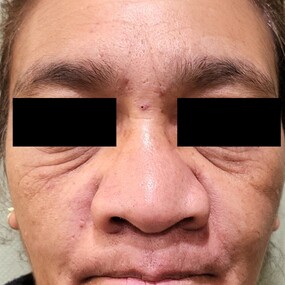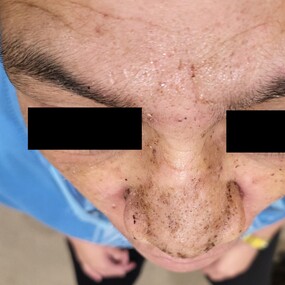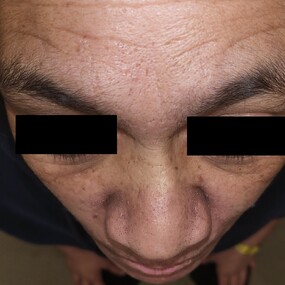Non-European Rhinoplasty
This category of rhinoplasty procedures aim to alter the shape, size, or structure of the nose in individuals of Māori, Pacific Island, First Nation, Asian, Indian, Hispanic, Middle-Eastern, African and other ethnic backgrounds. These populations often have distinct nasal shapes and proportions that differ from traditional European standards.
This term encompasses various ethnic rhinoplasty techniques tailored to meet the specific aesthetic preferences and anatomical characteristics of patients from diverse racial and ethnic backgrounds. Patients will be shown potential results in advance, with the help of image morphing techniques, enabling them to clarify doubts or address concerns, well before the surgery.
Since treatment measures would need an advanced personalisation, Dr Basheeth works closely with his patients who often seek to maintain or enhance their ethnic identity while addressing specific concerns such as nasal bridge height, nasal tip refinement, nostril width, or overall facial balance. He uses a range of surgical techniques to achieve desired outcomes while preserving ethnic characteristics. This may include augmentation with cartilage grafts to build up the nasal bridge, reshaping of the nasal tip, narrowing of wide nostrils, or addressing breathing difficulties without compromising the patient's ethnic features.
Non-European rhinoplasty can comprise but not limited to, flat nasal bridge, rounded nasal tip, wide nostrils, drooping tip, and nasal hump. In rhinoplasty for non-European patients, a significant challenge often involves reshaping thick skin, which can make it challenging to achieve the desired contour and refinement.



